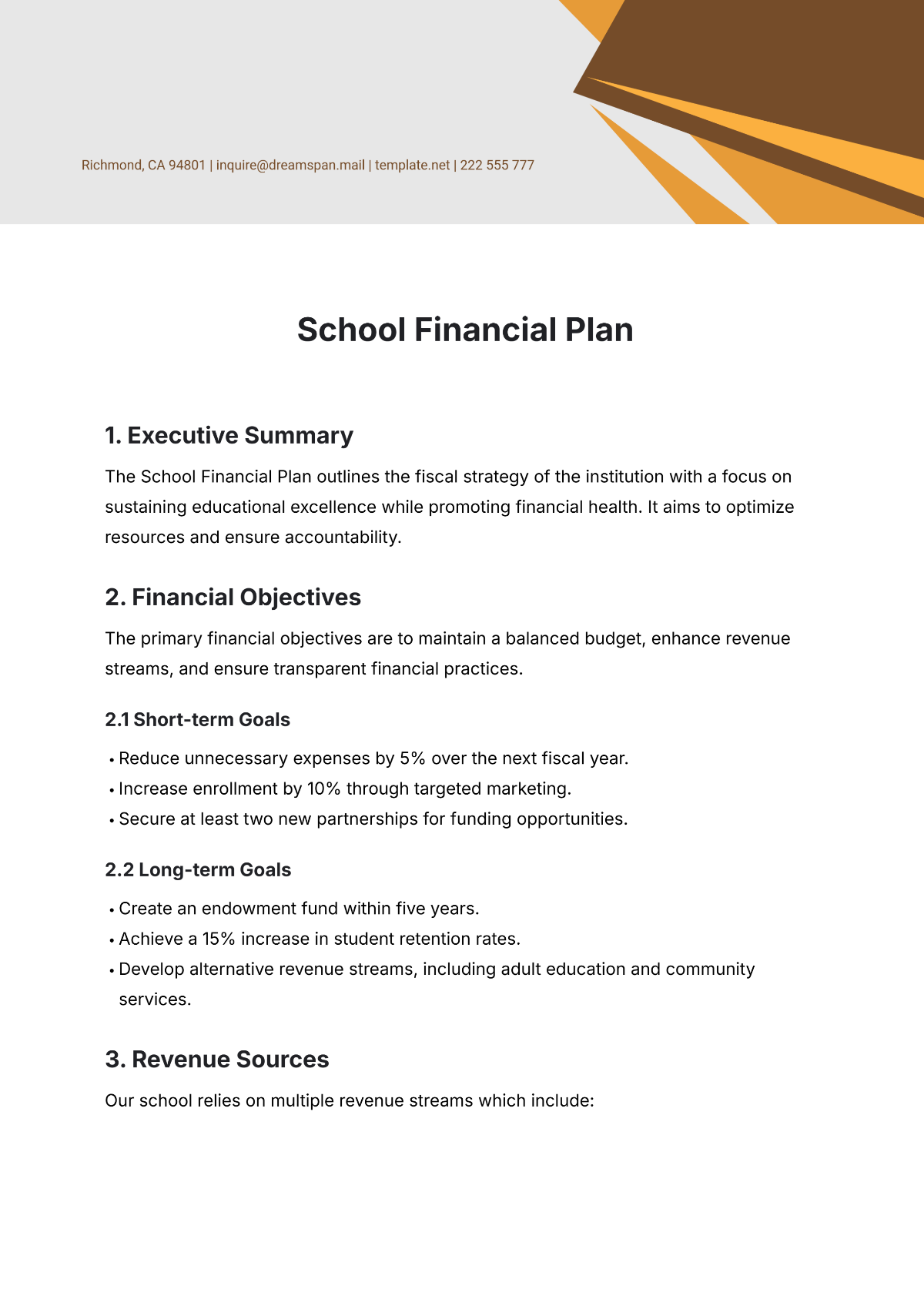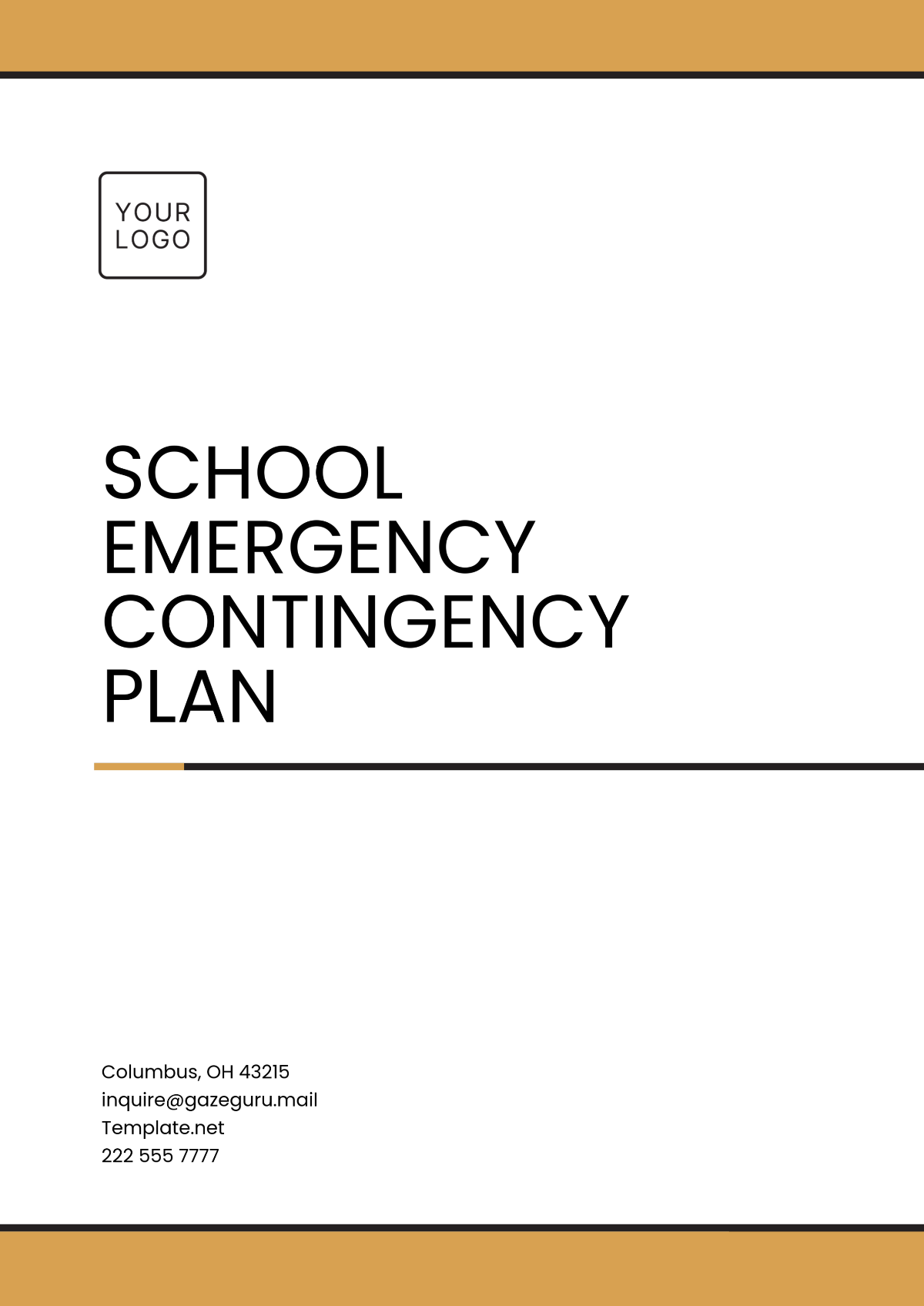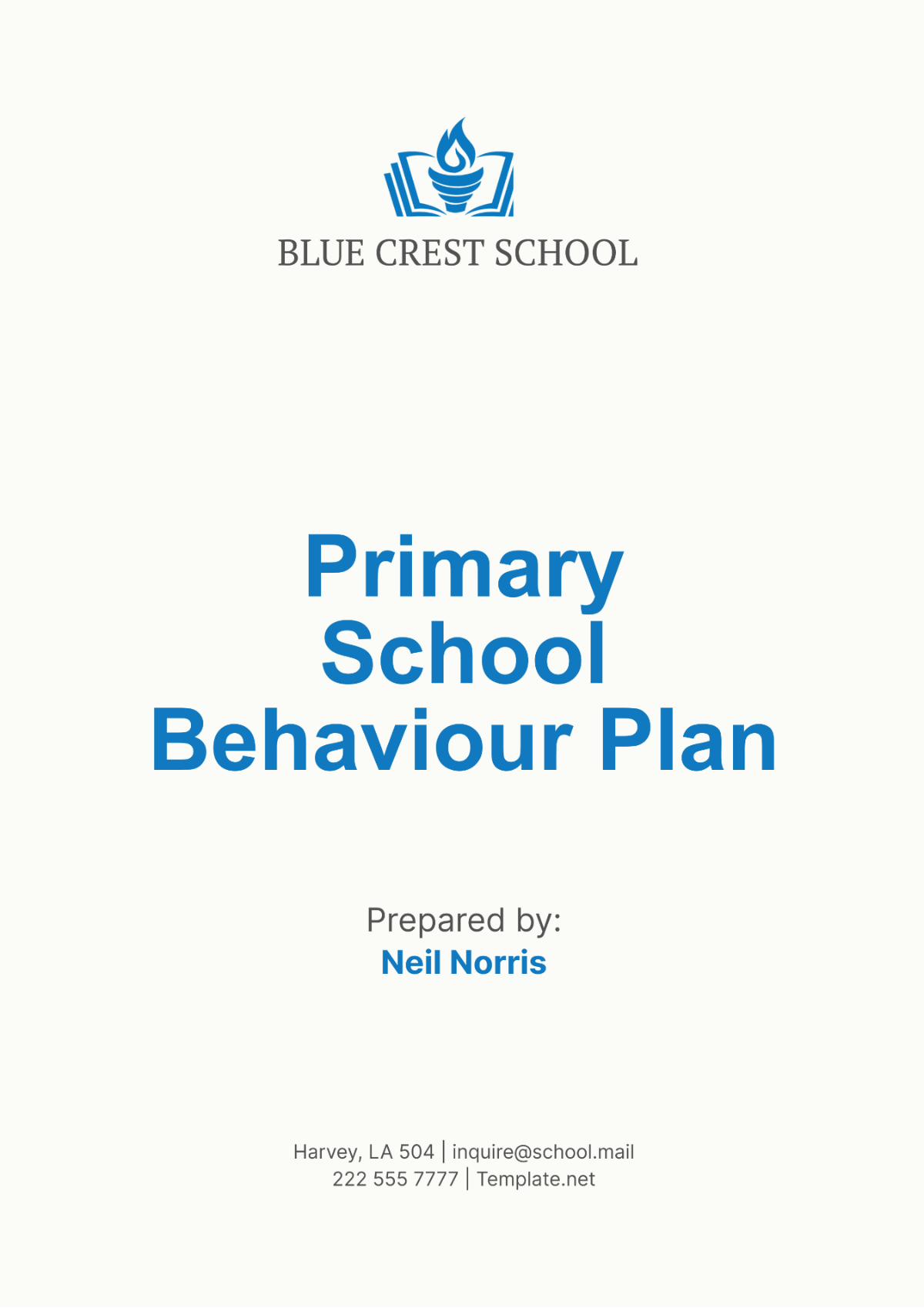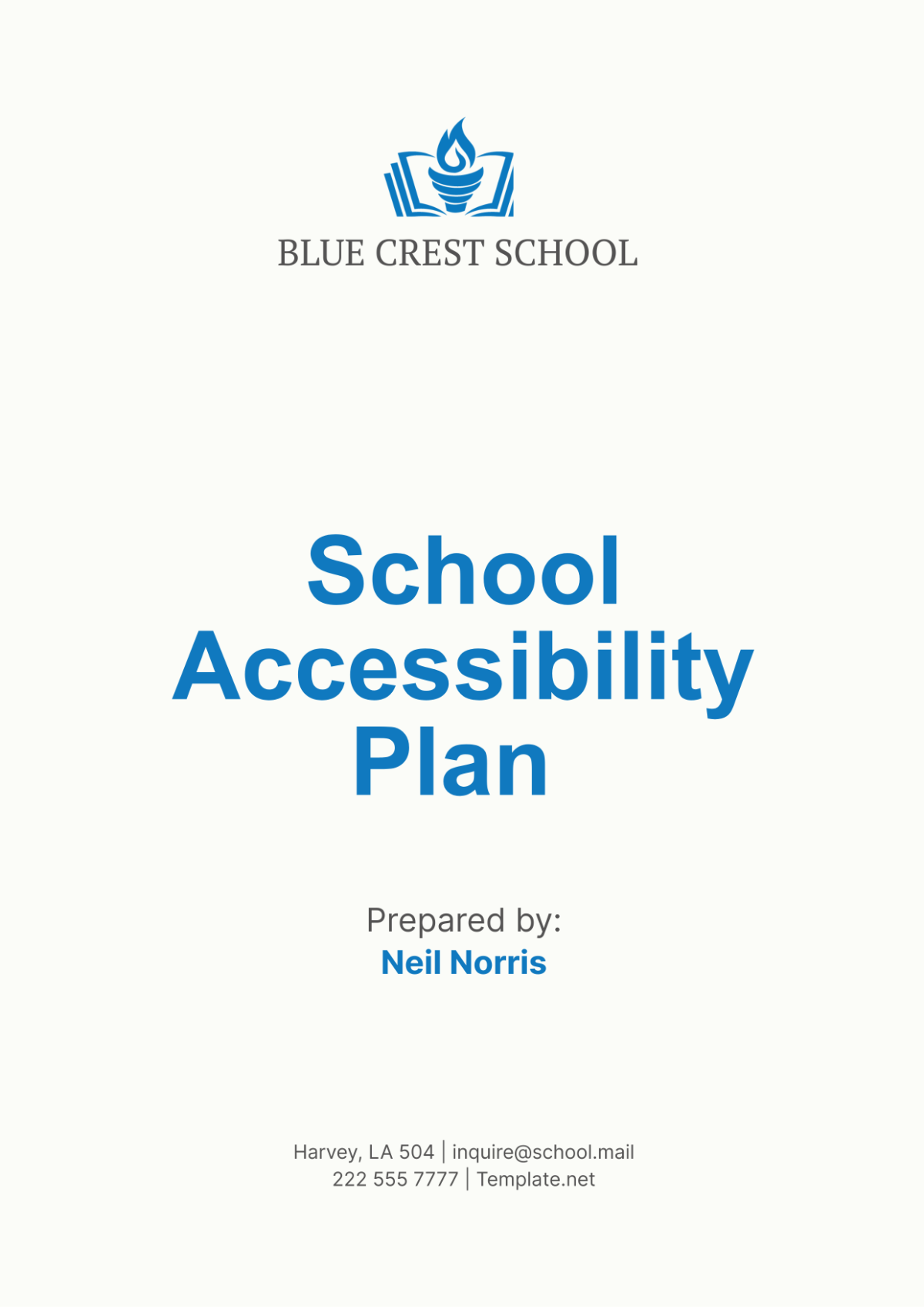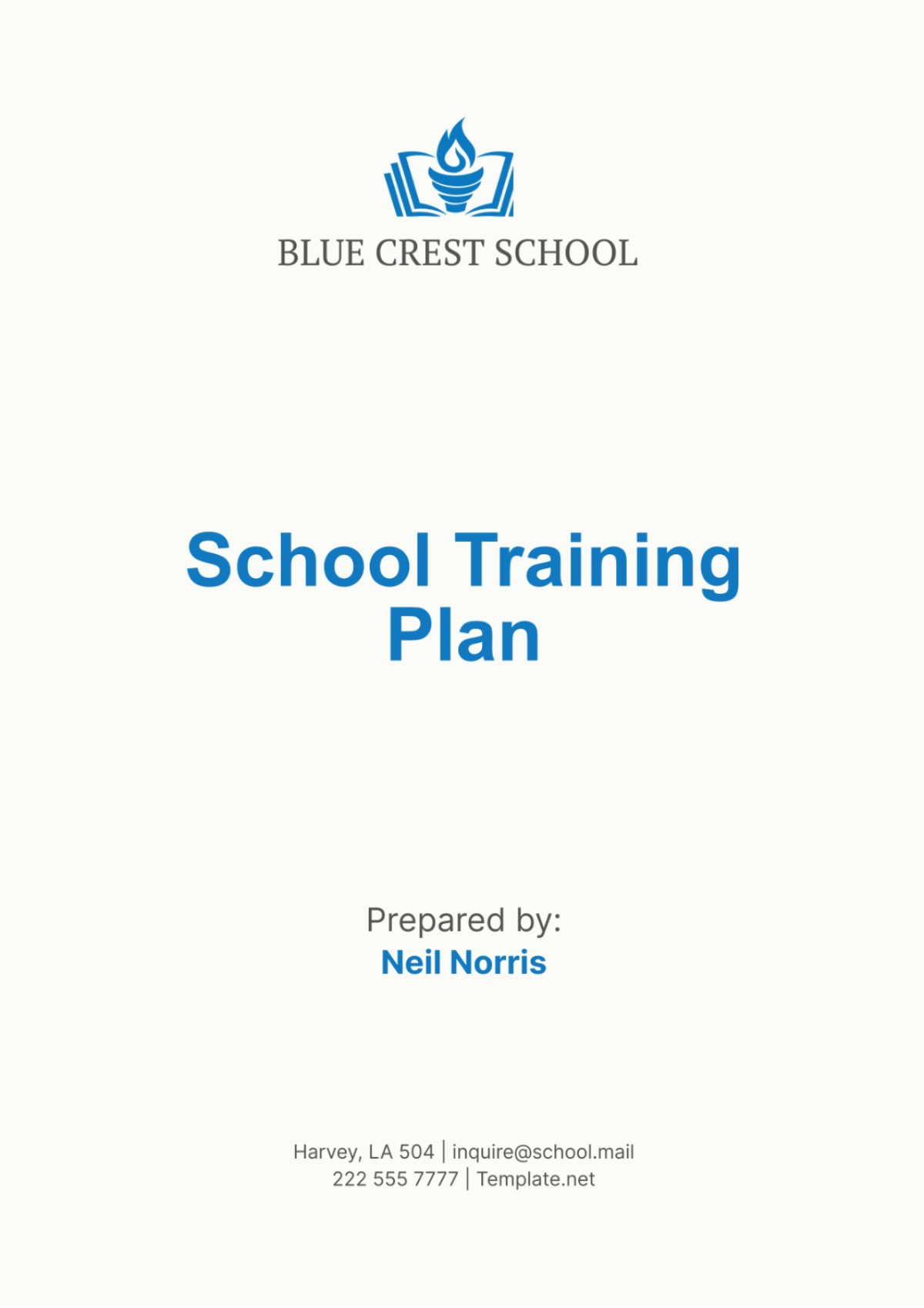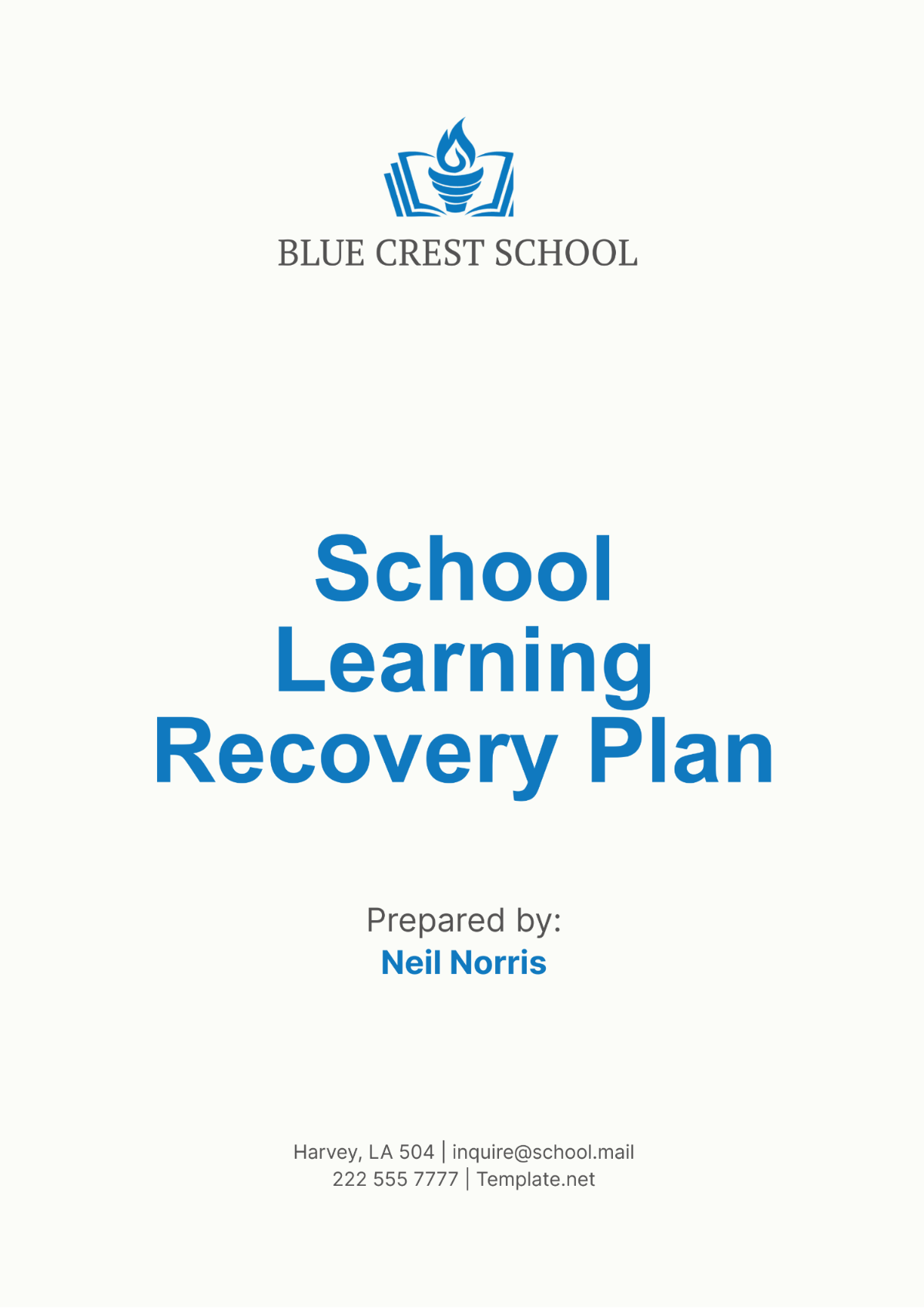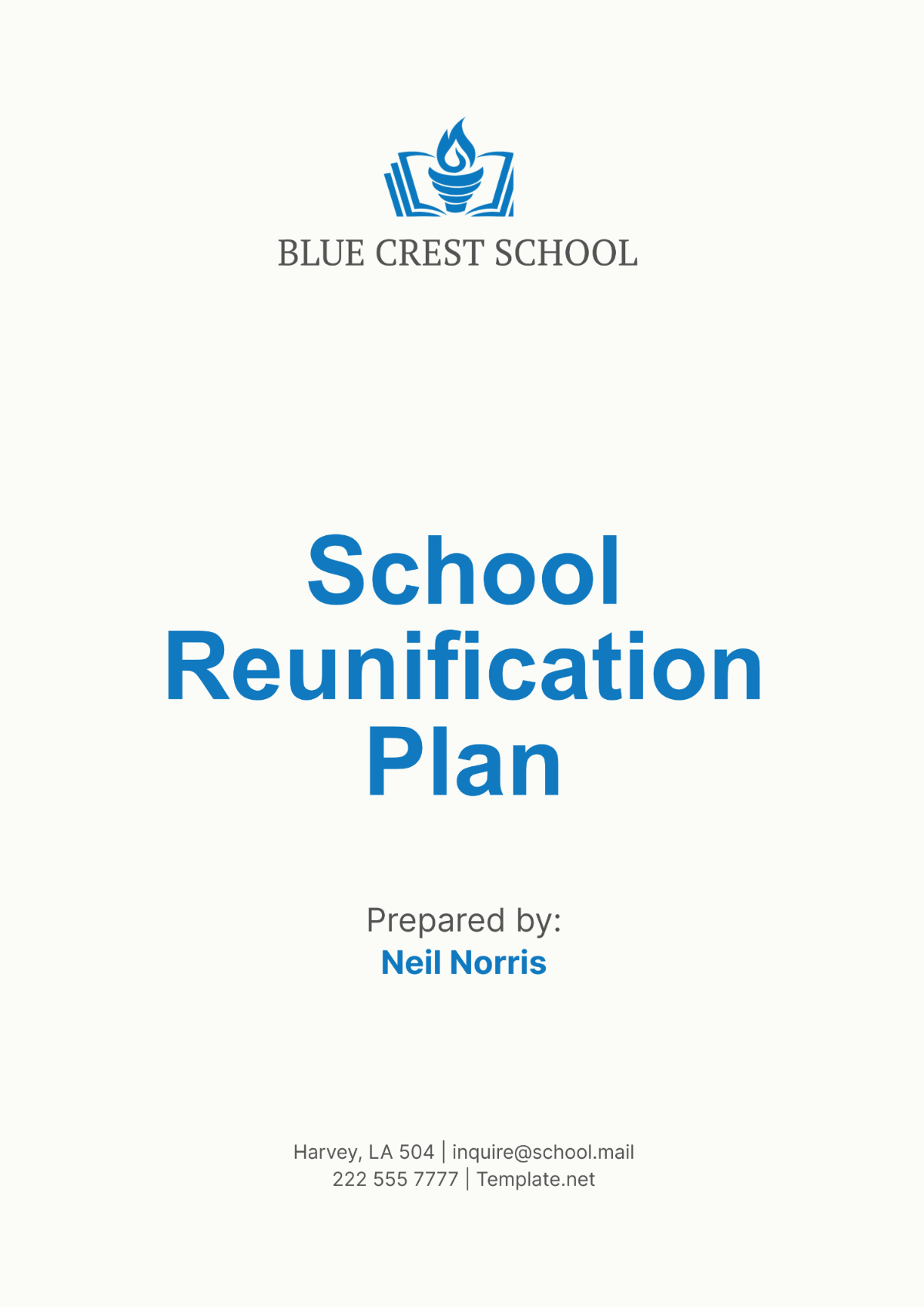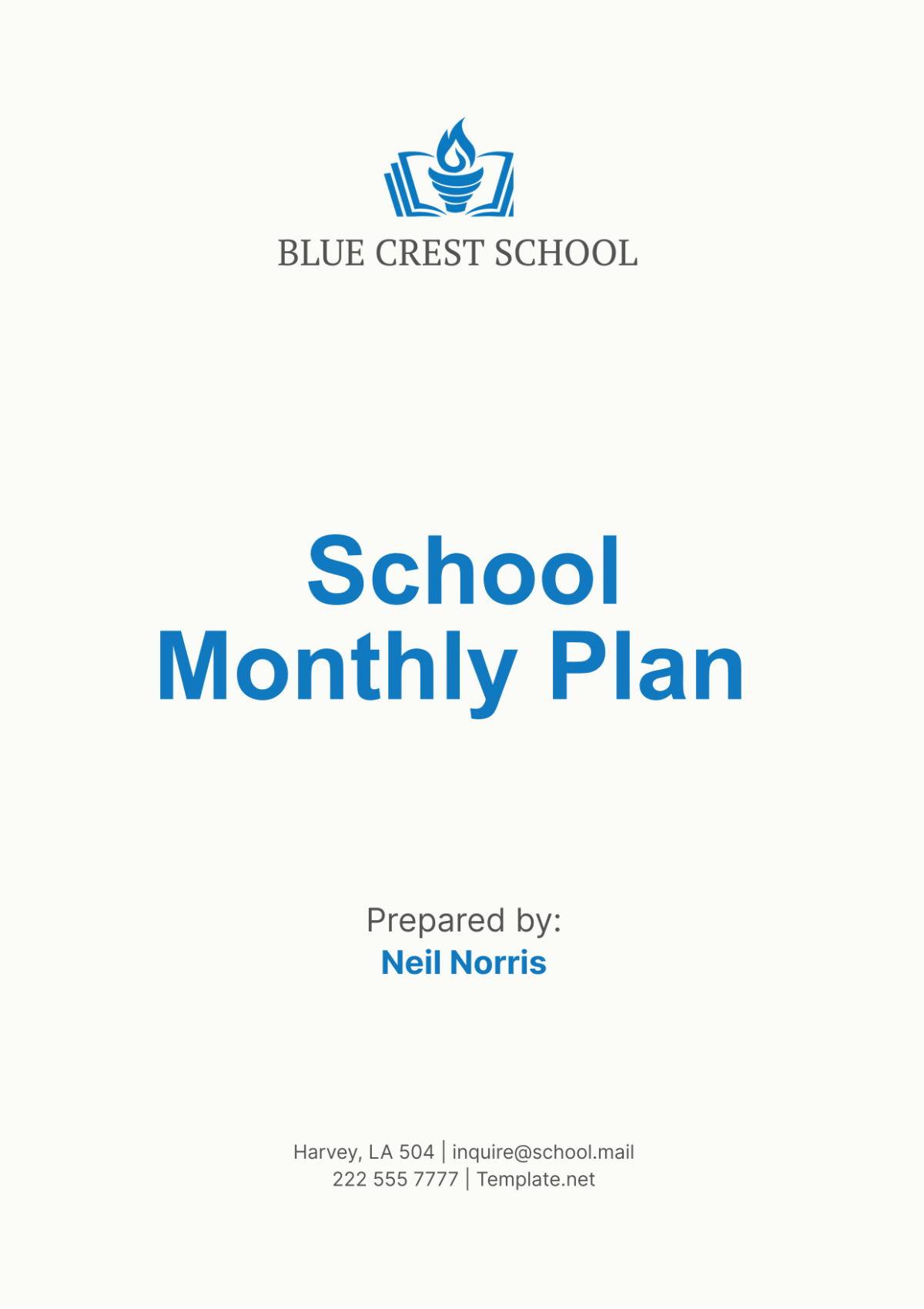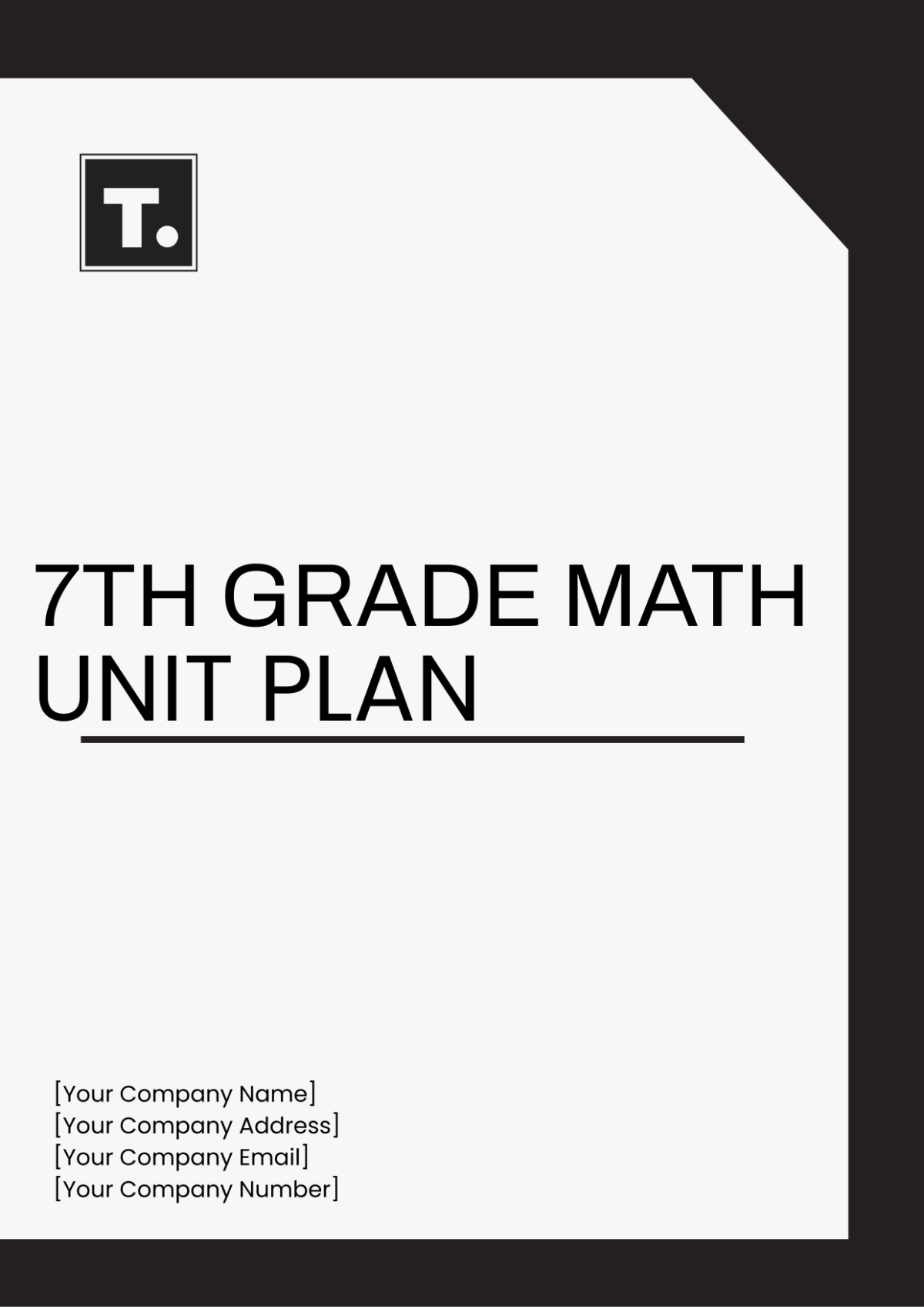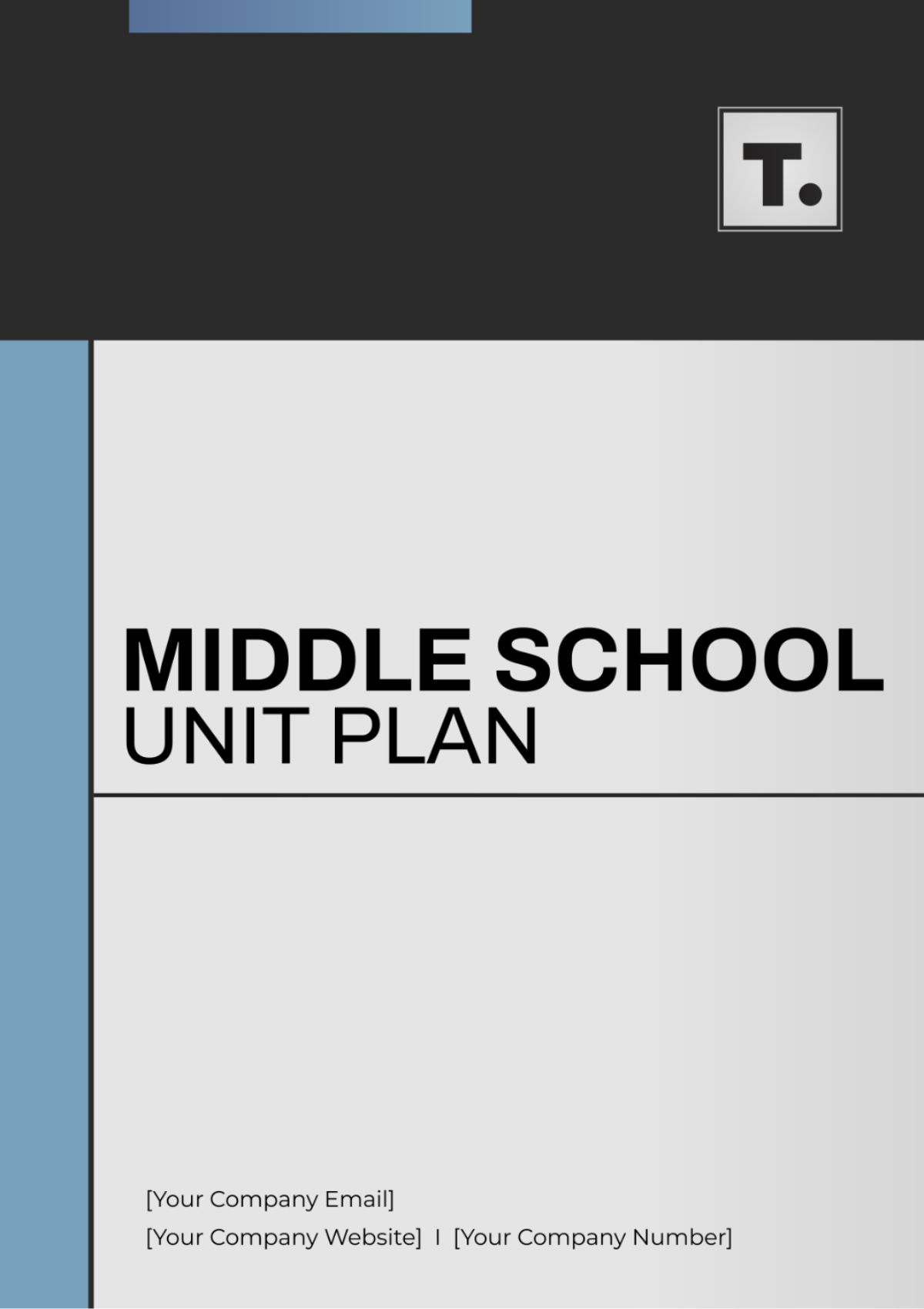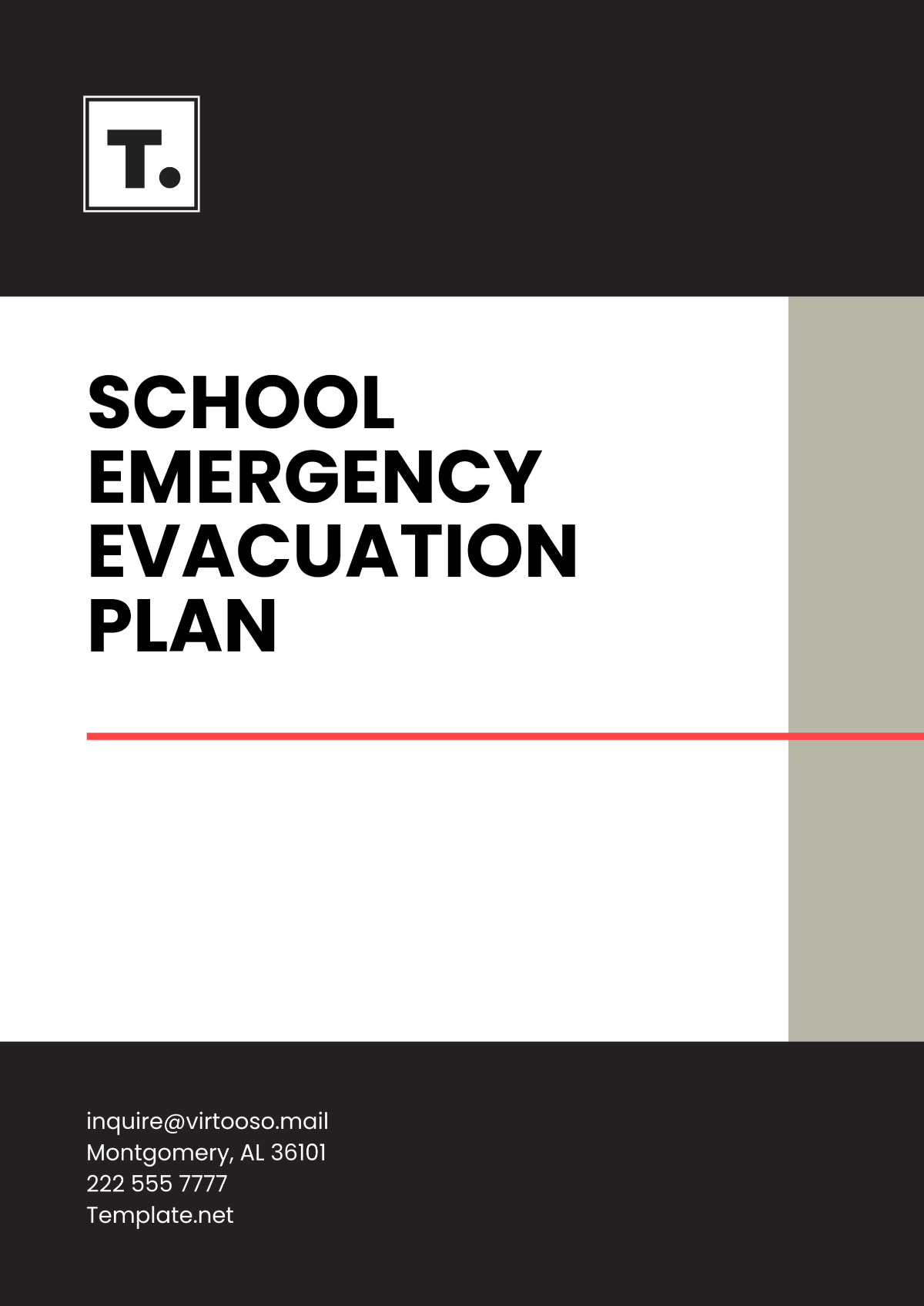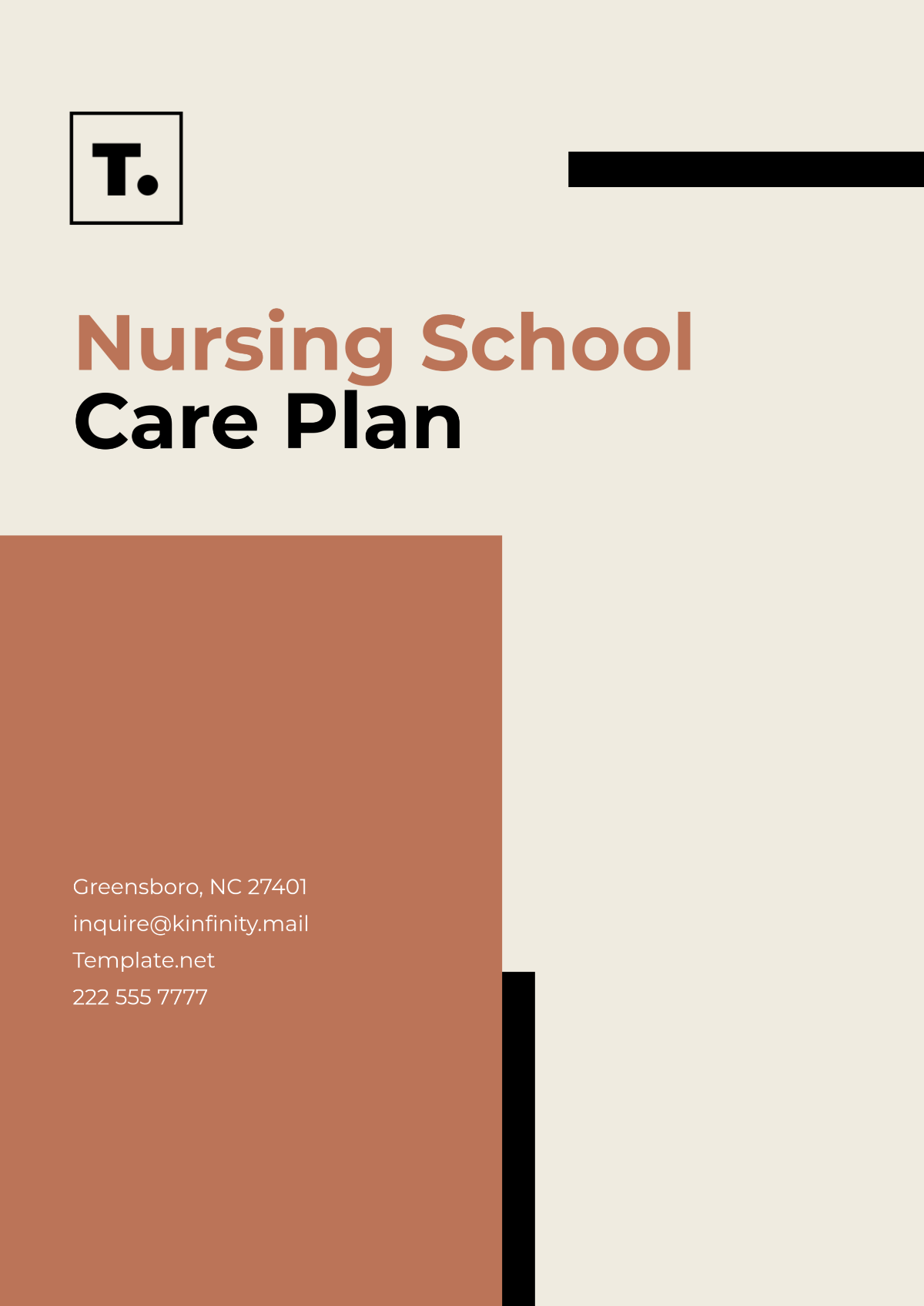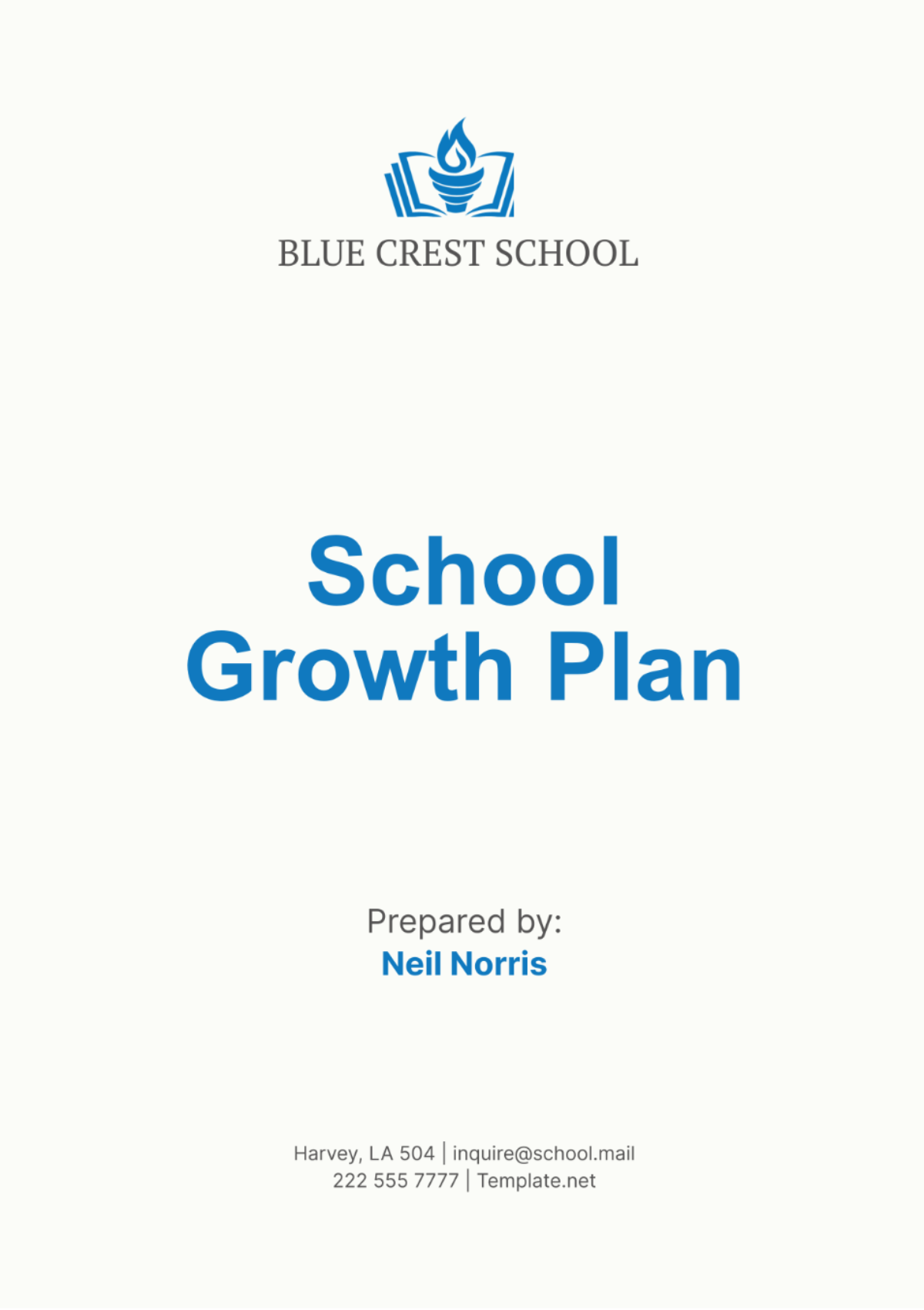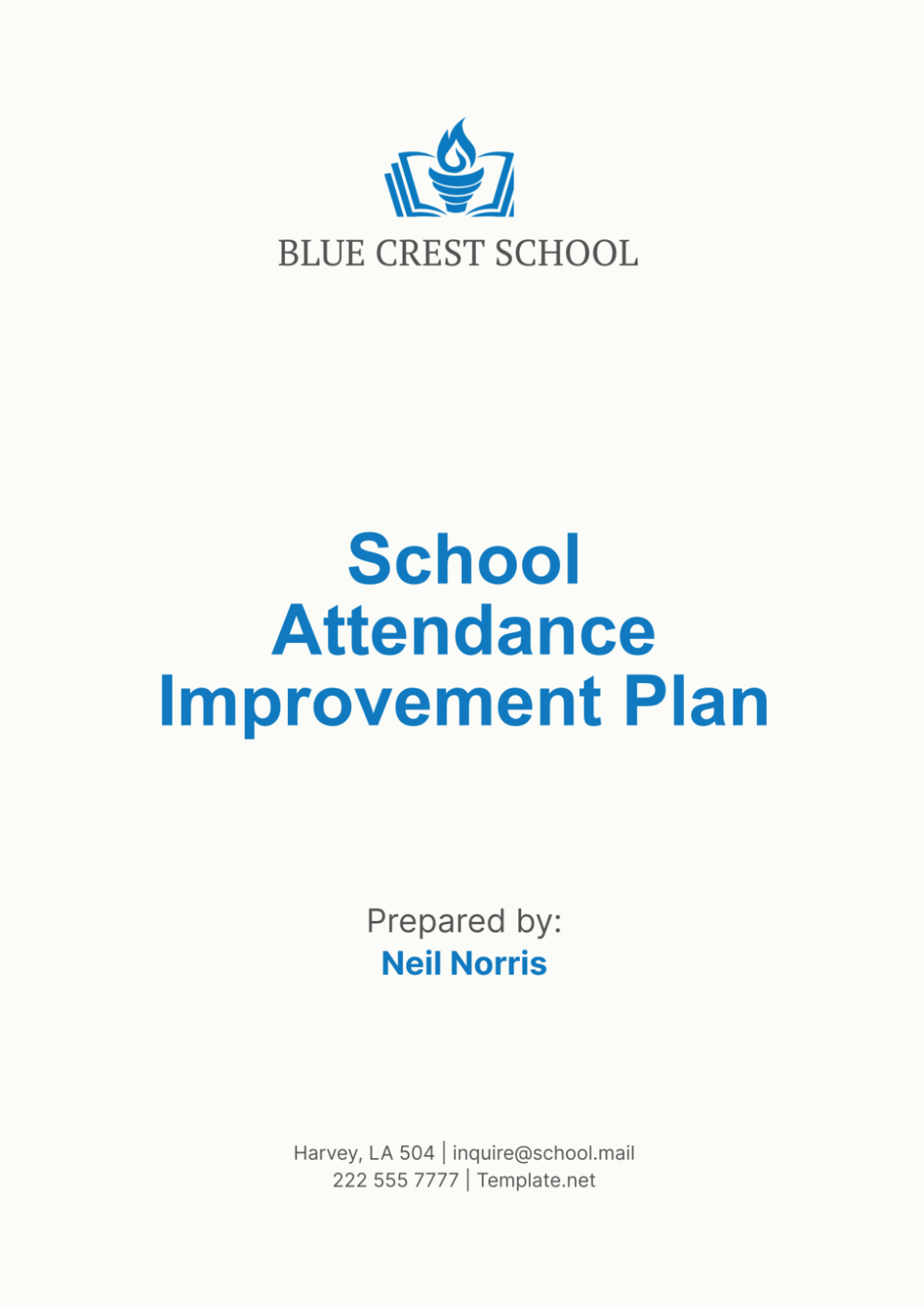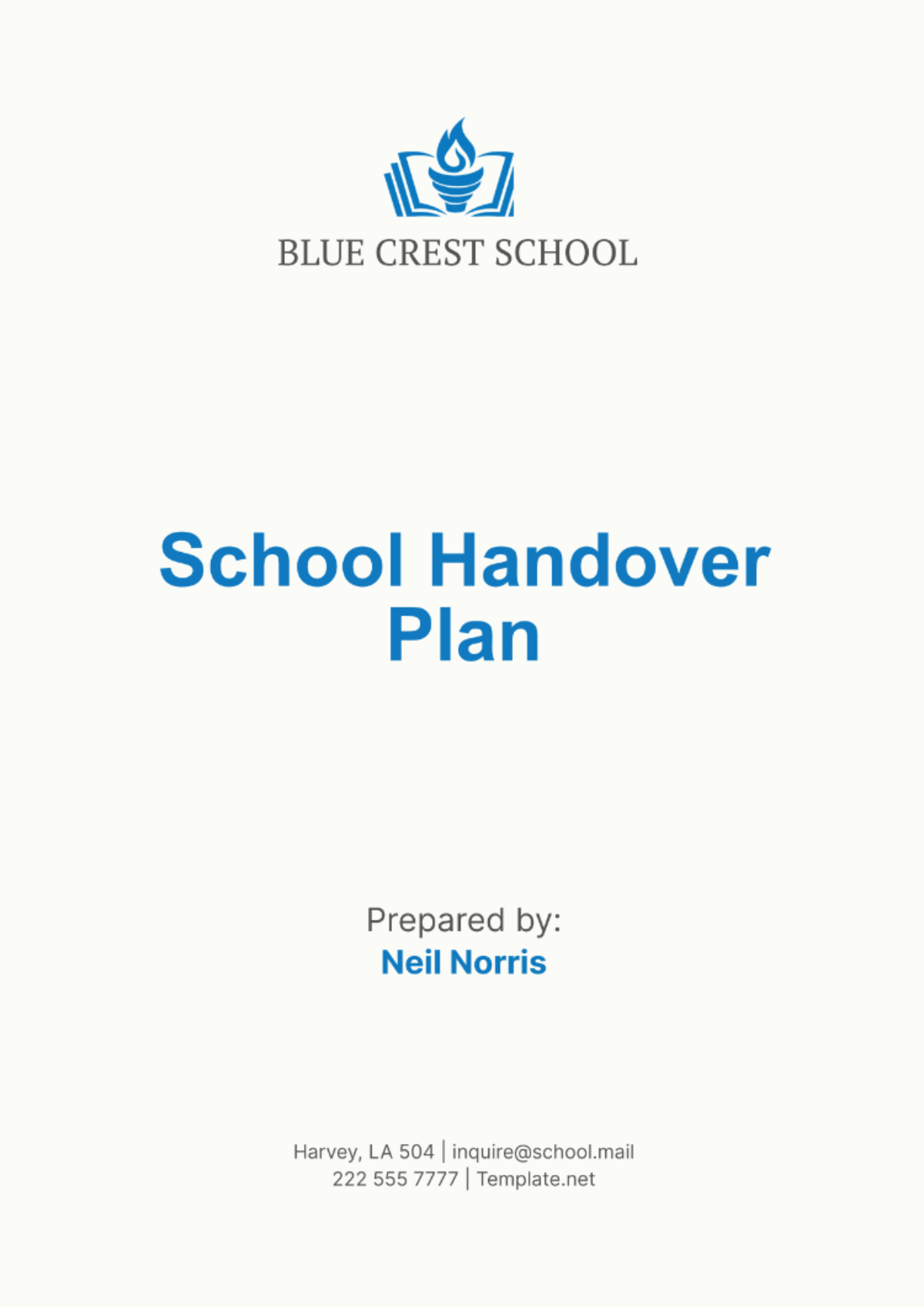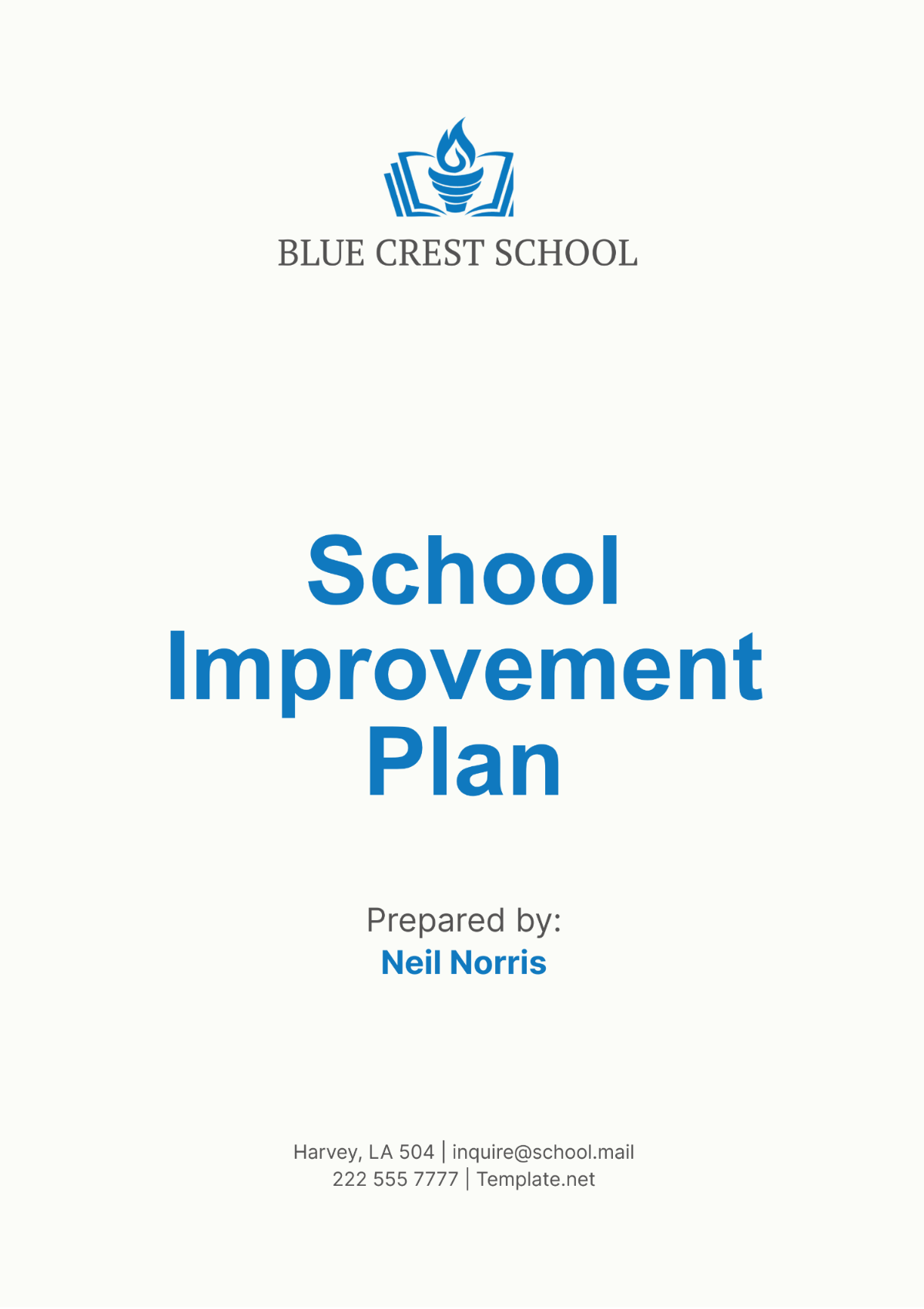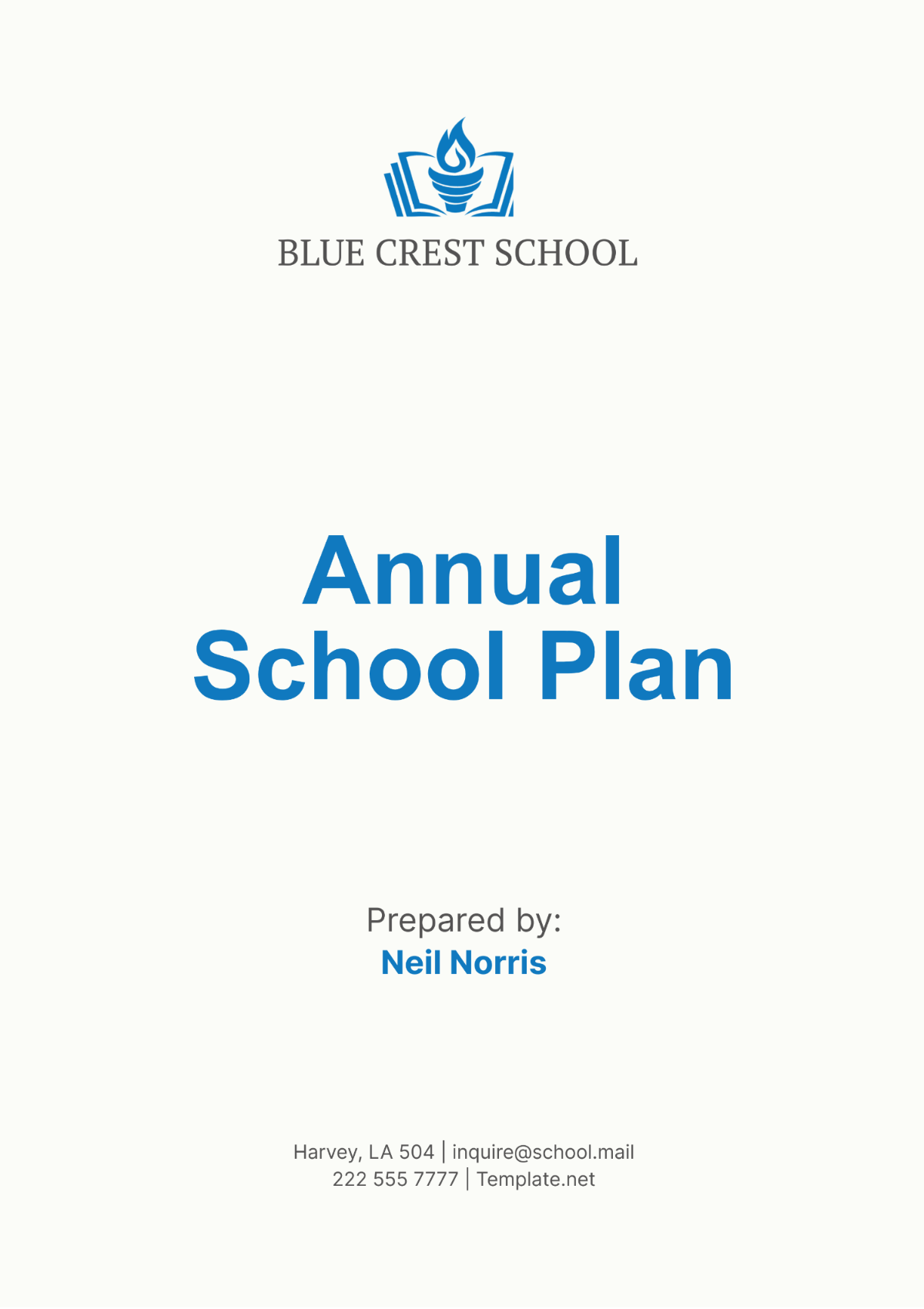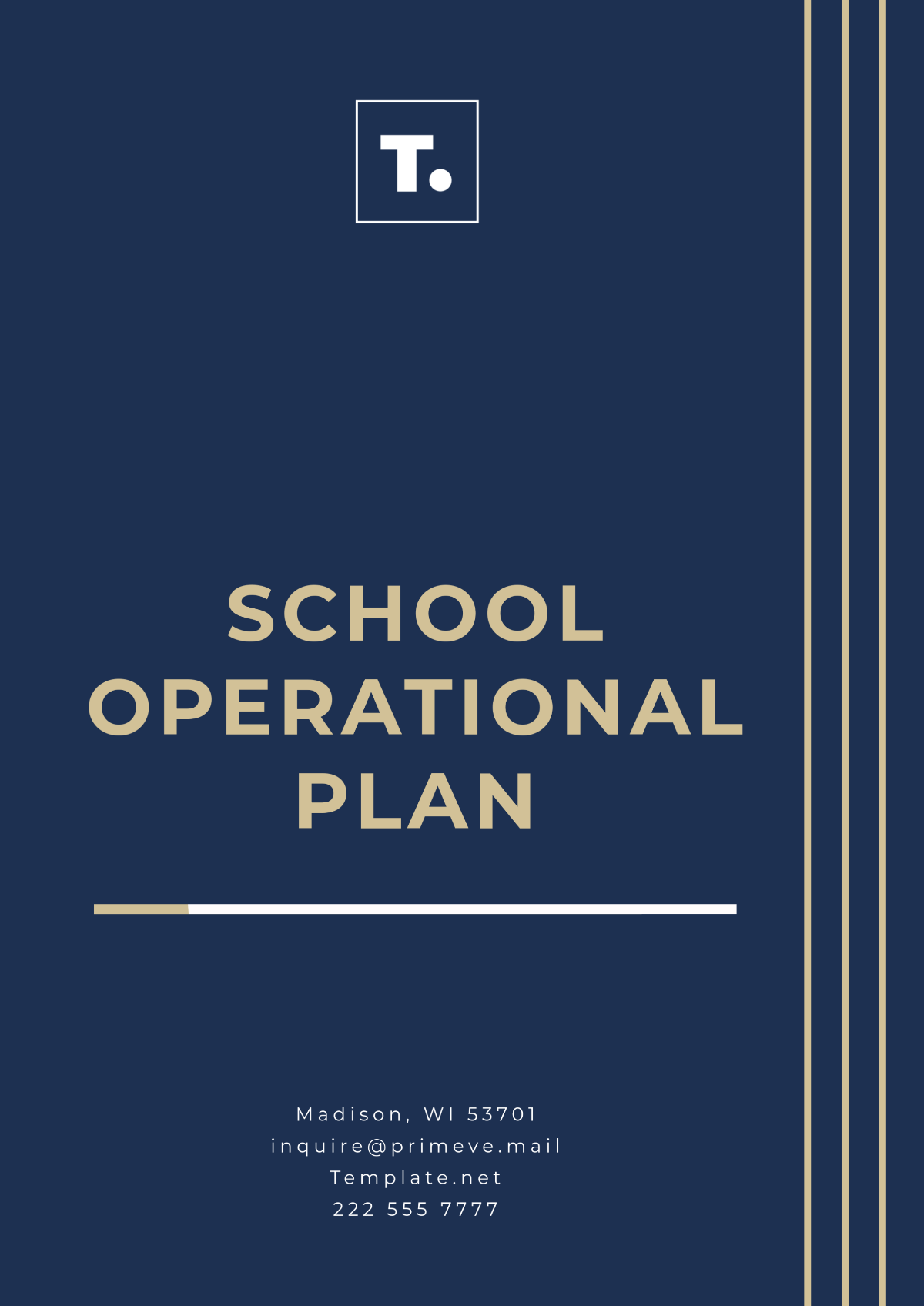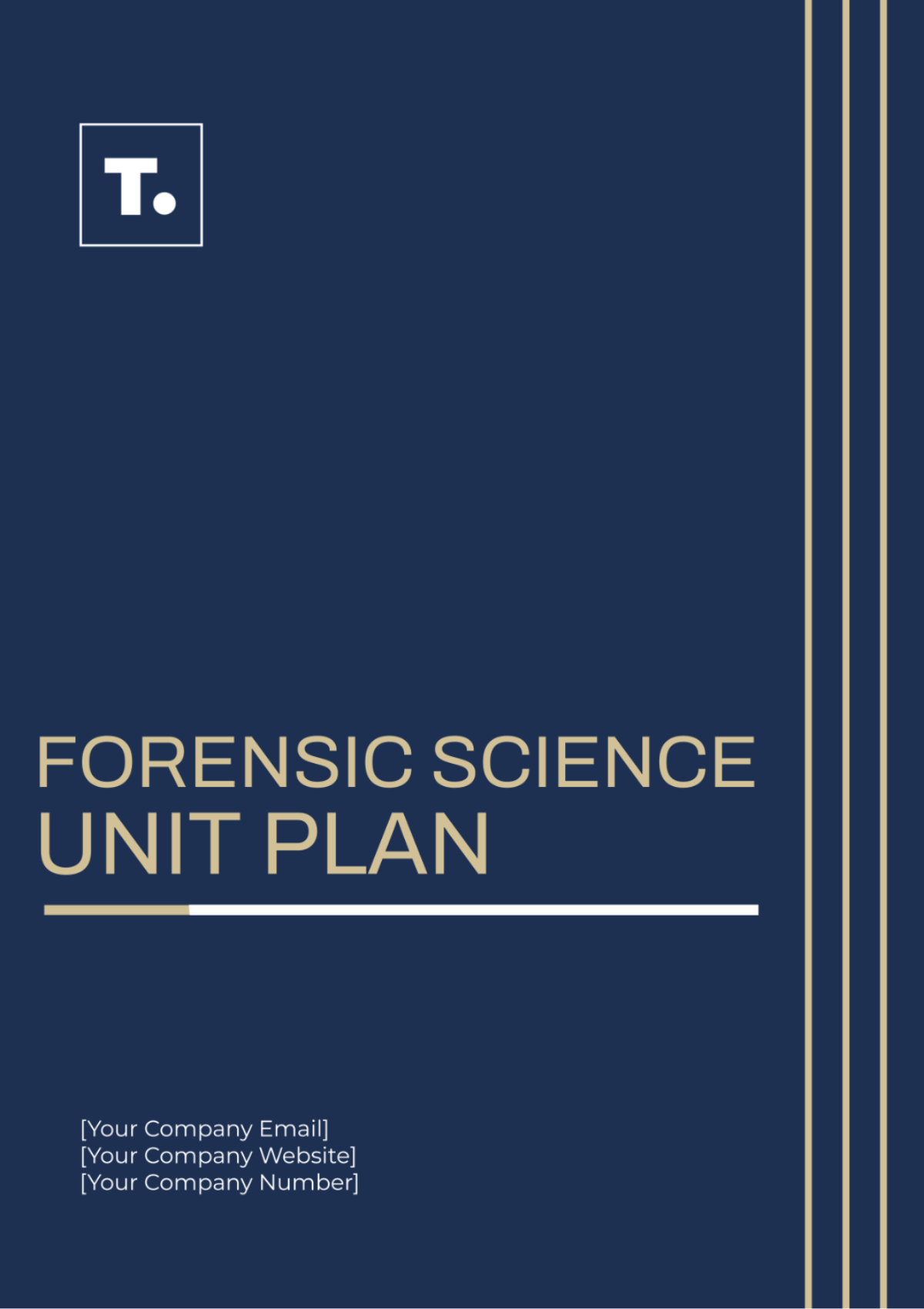7th Grade Math Unit Plan
Prepared by: | [YOUR NAME] |
Subject: | Mathematics |
Topic: | Algebraic Expressions and Equations |
Date: | [DATE] |
I. Overview
Unit Title: Understanding and Solving Algebraic Expressions and Equations
Grade Level: Seventh Grade
Duration: 4 Weeks
Unit Description: This unit will introduce students to the foundations of algebra, including solving algebraic expressions and equations. The purpose is to build a solid understanding of variables, constants, coefficients, and different types of algebraic equations. This unit will employ various instructional strategies to address diverse learning needs and include assessments to gauge student understanding.
II. Learning Objectives
By the end of this unit, students will be able to:
Identify and understand variables, constants, and coefficients.
Translate verbal descriptions into algebraic expressions.
Simplify algebraic expressions using basic arithmetic operations.
Solve single-variable linear equations.
Apply algebraic solutions to real-world problems.
III. Standards Alignment
This unit aligns with the following Common Core State Standards (CCSS) for Mathematics:
CCSS.MATH.CONTENT.7.EE.A.1: Apply properties of operations to add, subtract, factor, and expand linear expressions with rational coefficients.
CCSS.MATH.CONTENT.7.EE.B.3: Solve multi-step real-life and mathematical problems posed with positive and negative rational numbers in any form.
CCSS.MATH.CONTENT.7.EE.B.4: Use variables to represent quantities in a real-world or mathematical problem, and construct simple equations and inequalities to solve problems by reasoning about the quantities.
IV. Instructional Sequence
A. Week 1: Introduction to Algebra
Day 1: Introduction to Variables and Constants
Instructional Strategy: Direct instruction followed by group activities.
Materials: Whiteboard, markers, student notebooks.
Assessment: Exit ticket with 3 questions on identifying variables.
Day 2: Translating Verbal Descriptions into Algebraic Expressions
Instructional Strategy: Guided practice with examples and non-examples.
Materials: Worksheets, projector, example problems on slides.
Assessment: Homework assignment on translation practice.
B. Week 2: Simplifying Algebraic Expressions
Day 1: Basic Arithmetic Operations on Expressions
Instructional Strategy: Interactive lecture and individual practice.
Materials: Algebra tiles, a computer lab for online algebra tools.
Assessment: In-class quiz on simplification.
Day 2: Combining Like Terms
Instructional Strategy: Cooperative learning through peer teaching.
Materials: Chart paper, markers, pair activity sheets.
Assessment: Group presentation on simplified expressions.
C. Week 3: Solving Single-Variable Linear Equations
Day 1: Introduction to Solving Equations
Instructional Strategy: Demonstration with step-by-step problem-solving.
Materials: Smartboard, math journals for note-taking.
Assessment: Mid-week formative assessment.
Day 2: Multi-Step Equations
Instructional Strategy: Hands-on equations approach, guided practice.
Materials: Manipulatives, graph paper.
Assessment: Partner quiz on multi-step equations.
D. Week 4: Application and Assessment
Day 1: Real-World Application of Algebraic Equations
Instructional Strategy: Problem-based learning and discussion.
Materials: Case study scenarios, and discussion questions.
Assessment: Written reflection on case studies.
Day 2: Cumulative Review and Unit Test Preparation
Instructional Strategy: Review games, Jeopardy style.
Materials: Flashcards, review packets.
Assessment: Practice test and peer feedback session.
V. Assessment Plan
Type of Assessment | Purpose | Description | Criteria |
|---|---|---|---|
Formative Assessment | Gauge current understanding | Exit tickets, quizzes, group activities | Immediate feedback, ongoing |
Summative Assessment | Evaluate overall learning | End-of-unit test | Comprehensive coverage of objectives |
Peer Assessment | Encourage collaborative learning | Group presentations, partner quizzes | Rubric-based evaluation |
Self-Assessment | Foster self-reflection | Individual reflections on learning | Metacognitive prompts |
VI. Resources
Resource Type | Description | Source |
|---|---|---|
Textbooks | Algebra I textbooks | [Your Company Name] |
Online Tools | Algebraic manipulation games | [Your Company Website] |
Teacher Materials | Instructional guides, answer keys | [Your Company Name] Repository |
Student Materials | Take-home practice sheets, algebra tiles | [Your Company Name] Supplies |
VII. Differentiation Strategies
For Advanced Learners
Provide complex problems that require multi-step solutions.
Encourage participation in math competitions or advanced algebra workshops.
For Struggling Learners
Offer additional one-on-one tutoring sessions.
Use visual aids and interactive tools to simplify concepts.
For ELL Students
Incorporate bilingual resources and glossaries.
Use visual aids and hands-on activities to illustrate concepts.
VIII. Technology Integration
Utilize online algebra games to make learning interactive.
Introduce algebra software for in-depth problem-solving.
Leverage video tutorials to reinforce learning outside the classroom.
IX. Reflection and Notes
At the end of the unit, reflect on the effectiveness of the teaching strategies and student engagement. Collect feedback from students regarding what they found most helpful or challenging. Use this feedback to adjust future lesson plans and instructional approaches.
X. Conclusion
In conclusion, this unit has provided students with a solid foundation in algebraic concepts essential for their mathematical journey. By engaging in activities focused on variables, expressions, and equations, students have developed critical problem-solving skills aligned with Common Core State Standards. Through ongoing assessment and differentiated instruction, we have ensured that every student has had the opportunity to learn and grow. We look forward to building upon this foundation as we continue to guide our students toward mathematical proficiency.
